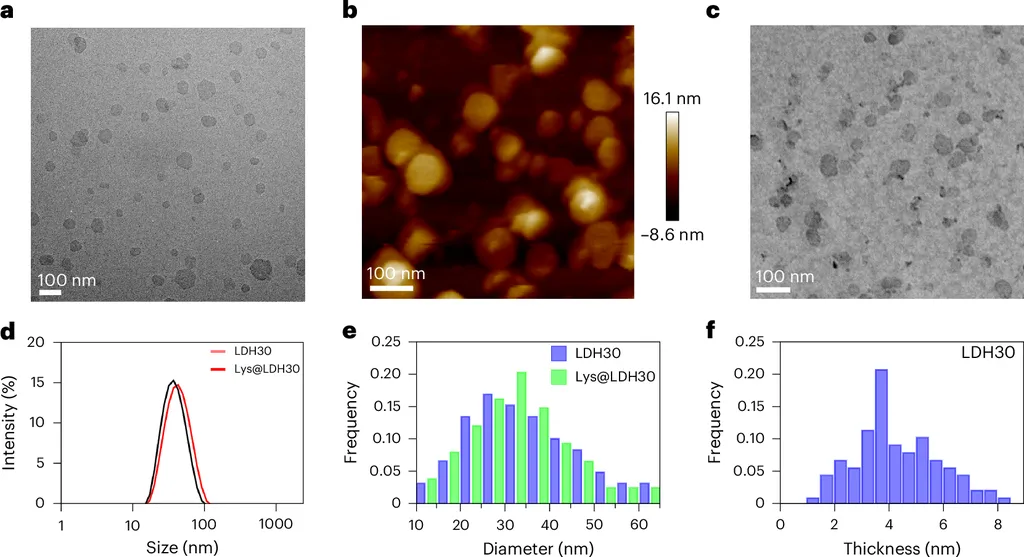In the quest for clean drinking water, researchers have long been exploring innovative solutions to tackle biological contaminants, particularly waterborne pathogens. A recent study published in the journal *Next Nanotechnology* (translated to English as “The Next Nanotechnology”) presents a promising advancement in this area, with potential implications for wastewater monitoring and biosensor technology.
The research, led by Suneeti Singh from the TERI – Deakin Nanobiotechnology Centre in New Delhi, India, focuses on the synthesis and characterization of lysozyme-functionalized zinc oxide nanoparticles (ZnO@LY NPs). These nanoparticles have demonstrated significant antibacterial activity against Staphylococcus aureus, a Gram-positive bacterium often found in wastewater.
The study employed a modified oxidation-reduction mechanism to create the ZnO@LY NPs, which were then characterized using various techniques such as Transmission Electron Microscopy-Energy Dispersive X-ray Spectroscopy (TEM-EDX), X-ray Diffraction (XRD), Dynamic Light Scattering (DLS), and zeta potential analysis. The results revealed nanoparticles with sizes ranging from 14 to 32 nm and a charge of +31.1 mV.
Functionalization of the zinc oxide nanoparticles with lysozyme was confirmed using Fourier-transform infrared spectroscopy (FTIR) and Ultraviolet-Visible (UV-Vis) spectroscopy. The antibacterial efficacy of the ZnO@LY NPs was then compared to that of non-functionalized ZnO nanoparticles.
“After 30 minutes and 24 hours of treatment with ZnO@LY NPs at 250 ppm, the agar spot assay revealed the absence of colonies,” Singh explained. “Moreover, the ZnO@LY NPs exhibited a 25% stronger and statistically significant antibacterial impact than non-functionalized ZnO NPs in the bacterial growth inhibition assay.”
The superior performance of the ZnO@LY NPs is attributed to improved bacterial surface interactions, stability, and biocompatibility facilitated by the lysozyme functionalization. These findings suggest a potential application for these nanoparticles in biosensors designed for on-site pathogen detection in wastewater.
The commercial implications of this research are substantial, particularly for the energy sector, where wastewater management is a critical concern. Effective pathogen detection can lead to more efficient and sustainable wastewater treatment processes, ultimately reducing costs and environmental impact.
As we look to the future, the development of nanoparticle-based biosensors could revolutionize wastewater monitoring, enabling real-time detection and response to biological contaminants. This could have far-reaching benefits for public health, environmental protection, and industrial operations.
In the words of Singh, “This research opens up new avenues for the application of functionalized nanoparticles in biosensor technology, paving the way for more effective and efficient wastewater monitoring.”
The study, titled “Lysozyme functionalized zinc-oxide nanoparticles: Synthesis, characterization, and antibacterial assessment against Staphylococcus aureus with futuristic application in wastewater monitoring,” was published in the journal *Next Nanotechnology*.

